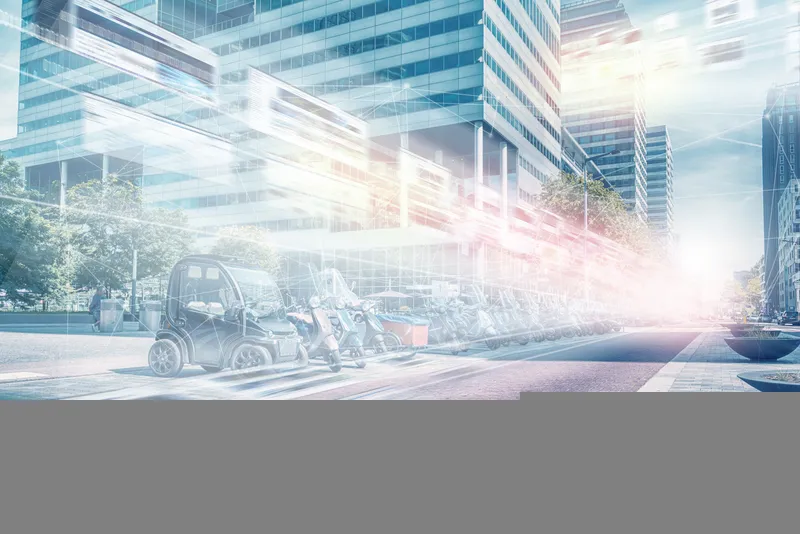Frost and Sullivan’s latest report indicates that following a series of high-technology head up display (HUD) roll-outs, the automotive industry appears keen to adopt the imaging technology with the widest field of view (FOV) of up to 12 degrees x 5 degrees. Another HUD product feature to improve considerably is the brightness of virtual images, which increased up to 15000cd/m², even with lower power consumption. Digital light processing (DLP) and laser display are emerging as compelling alternatives to the
July 21, 2015
Read time: 3 mins
Frost and Sullivan’s latest report indicates that following a series of high-technology head up display (HUD) roll-outs, the automotive industry appears keen to adopt the imaging technology with the widest field of view (FOV) of up to 12 degrees x 5 degrees. Another HUD product feature to improve considerably is the brightness of virtual images, which increased up to 15000cd/m², even with lower power consumption. Digital light processing (DLP) and laser display are emerging as compelling alternatives to the current light emitting diode (LED)/thin film transistor (TFT) displays, as they can offer bright images and higher performance at lower power.
According to the report, Augmented Reality in Cars, the three most distinct HUD types are pure windshield HUDs, combiner HUD for limited space and lower costs, and augmented reality (AR)-based HUD for exhibiting sensor-fused safety data.
"The need to reduce driver distraction by prioritising the information projected will fuel R&D in the HUD market," said2097 Frost & Sullivan Automotive & Transportation research analyst Ramnath Eswaravadivoo. "Original equipment manufacturers (OEMs) are constantly exploring various imaging technologies that provide a larger field of view. For example, OEMs are interested in displaying these images further down the windshield for the driver's convenience."
Apart from larger and brighter display, the next generation of HUDs will consume less power, have a smaller footprint and support 3D AR. Due to their outstanding features, these technologies will find eager adopters in European luxury OEMs such as1731 BMW, 1685 Mercedes Benz and 2125 Audi.
While the benefits of advanced HUDs are evident, many OEMs are reluctant to adopt them due to their high costs. Specially treated windshields used to project driver-related information and the integration of various technologies to present a hassle-free driving experience, represent one of the biggest production expenses for OEMs. In this scenario, combiner HUD is becoming increasingly popular due to its cost, space and integration advantages over conventional HUD.
"Combiner HUD will experience higher penetration in the medium and small cars segment by 2017 because of its cost effectiveness and ease of integration inside the dash," observed Eswaravadivoo. "It achieves lower production costs by eliminating the specially treated windshields used in conventional HUD."
Overall, the sophistication of such technologies and the willingness of customers to pay a premium for a superior driving experience, are anticipated to accelerate the adoption of next-generation HUDs in the automotive industry.
According to the report, Augmented Reality in Cars, the three most distinct HUD types are pure windshield HUDs, combiner HUD for limited space and lower costs, and augmented reality (AR)-based HUD for exhibiting sensor-fused safety data.
"The need to reduce driver distraction by prioritising the information projected will fuel R&D in the HUD market," said
Apart from larger and brighter display, the next generation of HUDs will consume less power, have a smaller footprint and support 3D AR. Due to their outstanding features, these technologies will find eager adopters in European luxury OEMs such as
While the benefits of advanced HUDs are evident, many OEMs are reluctant to adopt them due to their high costs. Specially treated windshields used to project driver-related information and the integration of various technologies to present a hassle-free driving experience, represent one of the biggest production expenses for OEMs. In this scenario, combiner HUD is becoming increasingly popular due to its cost, space and integration advantages over conventional HUD.
"Combiner HUD will experience higher penetration in the medium and small cars segment by 2017 because of its cost effectiveness and ease of integration inside the dash," observed Eswaravadivoo. "It achieves lower production costs by eliminating the specially treated windshields used in conventional HUD."
Overall, the sophistication of such technologies and the willingness of customers to pay a premium for a superior driving experience, are anticipated to accelerate the adoption of next-generation HUDs in the automotive industry.








